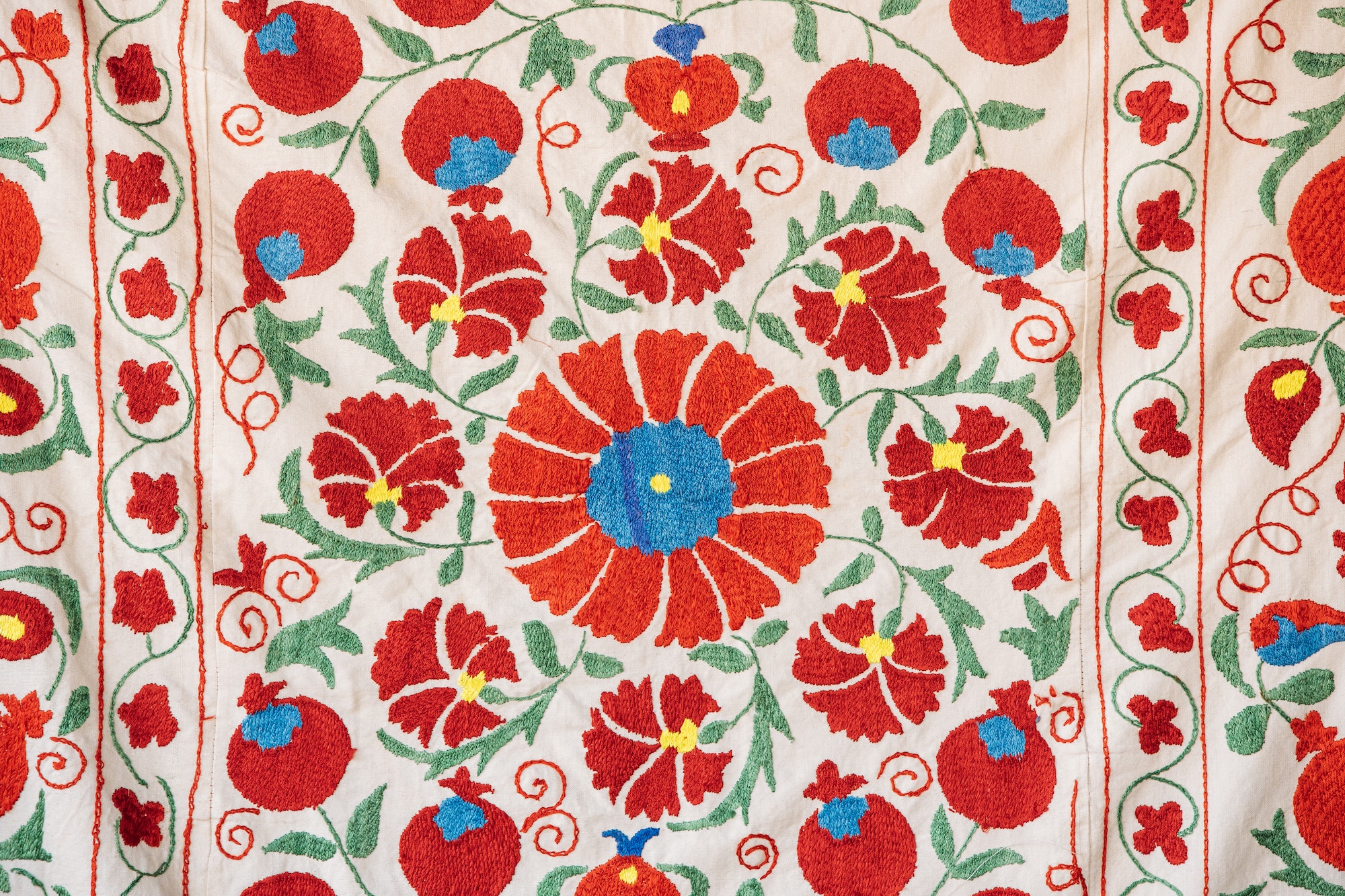Embroidery is a timeless art form that has been used to embellish clothing and accessories for centuries. It is a versatile craft that can be applied to various DIY projects, allowing you to create unique and personalized items. This article will explore the different types of embroidery designs and techniques, as well as provide inspiration for incorporating embroidery into your crafts.
Embroidery Techniques
There are several embroidery techniques that you can use to create different effects and textures. Some of the most popular techniques include:
- Cross-stitch: This technique involves creating small x-shaped stitches to form a pattern or design. Cross-stitch is often used for creating intricate pictures and motifs on fabric.
- Chain stitch: Chain stitch involves creating a series of looped stitches that form a chain-like pattern. This technique is often used for outlining shapes and creating decorative borders.
- Satin stitch: Satin stitch is used to fill in shapes with closely spaced, parallel stitches. It creates a smooth, satin-like finish and is often used to create filled-in shapes and letters.
- French knots: French knots are small, round knots that can be used to add texture and dimension to your embroidery. They are often used for creating small details like eyes, flowers, or dots.
- Beaded embroidery: Beaded embroidery involves incorporating beads into your stitching to add texture, sparkle, and dimension to your designs.
Embroidery Designs
Embroidery designs can range from simple monograms and lettering to intricate scenes and patterns. When choosing a design for your project, consider the following factors:
- Skill level: Some embroidery designs are more complex than others, so it’s essential to choose a design that matches your skill level. Beginners may want to start with simple patterns or lettering before tackling more complicated designs.
- Fabric type: The type of fabric you’re working with can also influence the type of embroidery design you choose. Delicate fabrics may require lighter, more delicate designs, while thicker fabrics can handle more intricate and bold patterns.
- Purpose: Consider the purpose of your embroidered item when choosing a design. For example, if you’re embroidering a baby blanket, you may want to choose a cute and whimsical design, whereas a monogram might be more appropriate for a personalized handkerchief or towel.
Incorporating Embroidery into Your Crafts
Embroidery can add a unique touch to various DIY projects and crafts. Here are some ideas for incorporating embroidery into your creations:
- Clothing: Embroider designs onto shirts, jackets, or jeans for a personalized touch. You can also use embroidery to mend or cover up stains and holes in clothing.
- Accessories: Add embroidery to hats, scarves, bags, and even shoes for a one-of-a-kind accessory.
- Home décor: Embroider designs onto pillowcases, curtains, table linens, or wall hangings to create unique and personalized home accents.
- Gifts: Hand-embroidered items make thoughtful and memorable gifts for friends and family members. Consider embroidering a monogram or special design onto a handkerchief, towel, or blanket as a personalized gift.
- Upcycling: Use embroidery to breathe new life into old or thrifted items. For example, you can embroider patterns onto vintage linens or clothing to create unique and updated pieces.
In conclusion, embroidery is a versatile and timeless craft that can be used to embellish clothing and accessories in various DIY projects. With numerous designs and techniques available, the possibilities are endless for creating unique and personalized items. Whether you’re an experienced embroiderer or just starting out, there’s no better time to explore the world of embroidery and incorporate it into your crafts.


